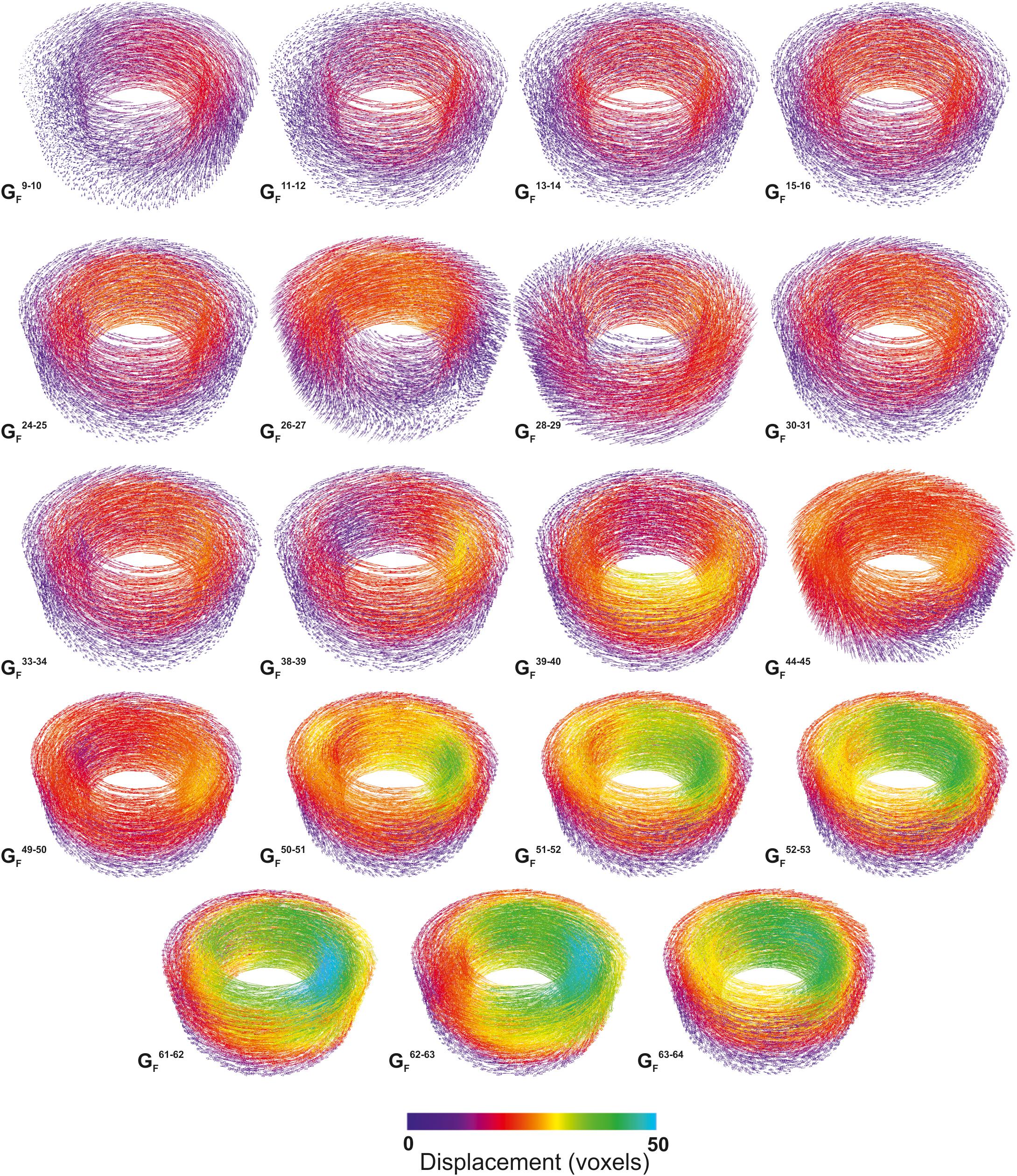Quantifying Microstructural Evolution in Moving Magma
Katherine J. Dobson1, Anja Allabar, Eloise Bretagne, Jason Coumans, Mike Cassidy, Corrado Cimarelli, Rebecca Coats, Thomas Connolley, Loic Courtois, Donald B. Dingwell, Danilo Di Genova, Benjamin Fernando, Julie L. Fife, Frey Fyfe, Stephan Gehne, Thomas Jones, Jackie E. Kendrick, Helen Kinvig, Stephan Kolzenburg, Yan Lavallée, Emma Liu, Edward W. Llewellin, Amber Madden-Nadeau, Kamel Madi, Federica Marone, Cerith Morgan, Julie Oppenheimer, Anna Ploszajski, Gavin Reid, Jenny Schauroth, Christian M. Schlepütz, Catriona Sellick, Jérémie Vasseur, Felix W. von Aulock, Fabian B. Wadsworth, Sebastian Wiesmaier and Kaz Wanelik - Department of Civil & Environmental Engineering, University of Strathclyde, Glasgow, United Kingdom / Department of Earth Sciences, Durham University, Durham, United Kingdom Department of Geosciences, Eberhard Karls University of Tuebingen, Tuebingen, Germany / Department of Earth Sciences, University of Oxford, Oxford, United Kingdom / Department of Earth and Environment Science, Ludwig-Maximilians-Universität, Munich, Germany / Department of Earth, Ocean and Ecological Sciences, University of Liverpool, Liverpool, United Kingdom / Diamond Light Source, Harwell Campus, Didcot, United Kingdom / 3Dmagination, Harwell Campus, Didcot, United Kingdom / Bayerisches Geoinstitut, Universität Bayreuth, Bayreuth, Germany / School of Earth Sciences, University of Bristol, Bristol, United Kingdom / Swiss Light Source, Paul Scherrer Institut, Villigen, Switzerland / School of Earth and Environmental Sciences, University of Portsmouth, Portsmouth, United Kingdom / Department of Geology, University at Buffalo, Buffalo, NY, United States / Department of Earth Sciences, University College London, London, United Kingdom / Lancaster Environment Centre, Lancaster University, Lancaster, United Kingdom / Institute of Making, University College London, London, United Kingdom / Independent Researcher, Aberdeen, United Kingdom
![Quantifying Microstructural Evolution in Moving Magma]()
Many of the grand challenges in volcanic and magmatic research are focused on understanding the dynamics of highly heterogeneous systems and the critical conditions that enable magmas to move or eruptions to initiate. However, we are usually unable to observe the processes directly. Here we give a short synopsis of the new capabilities and highlight the potential insights that in situ observation can provide. We present the first 3D data showing the evolving textural heterogeneity within a shearing magma, highlighting the dynamic changes to microstructure that occur from the initiation of shear, and the variability of the microstructural response to that shear as deformation progresses.
